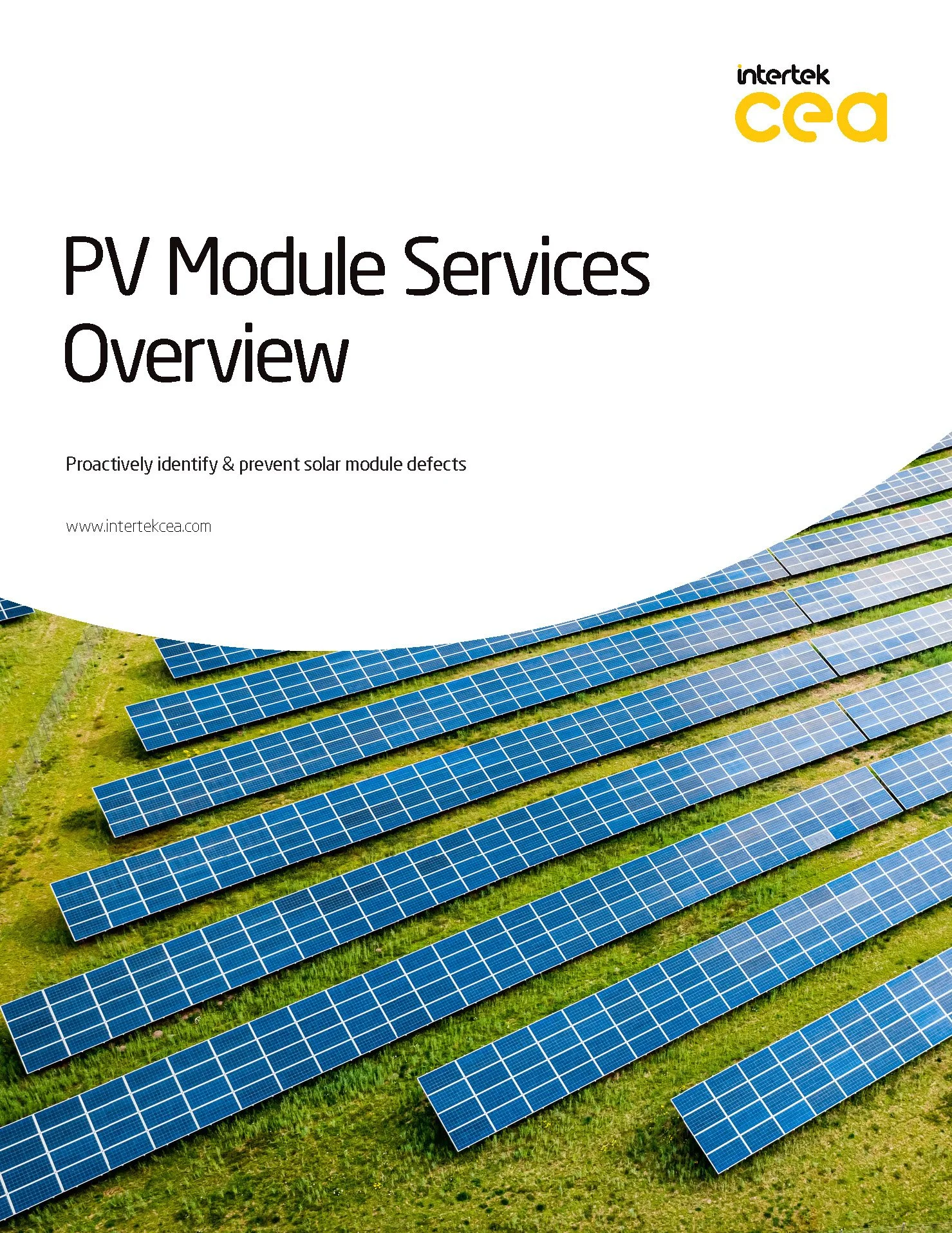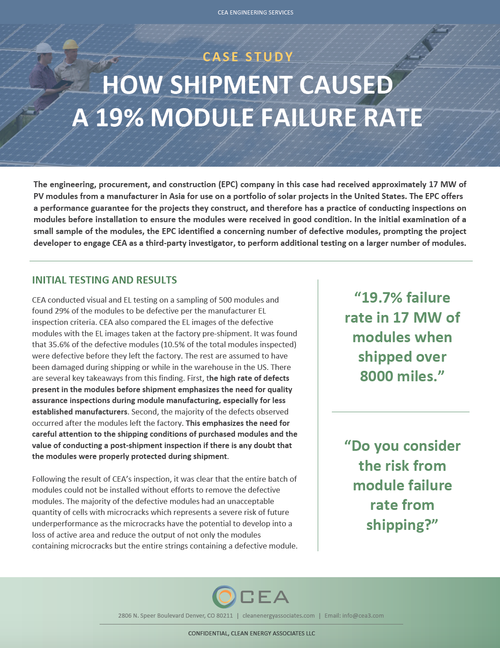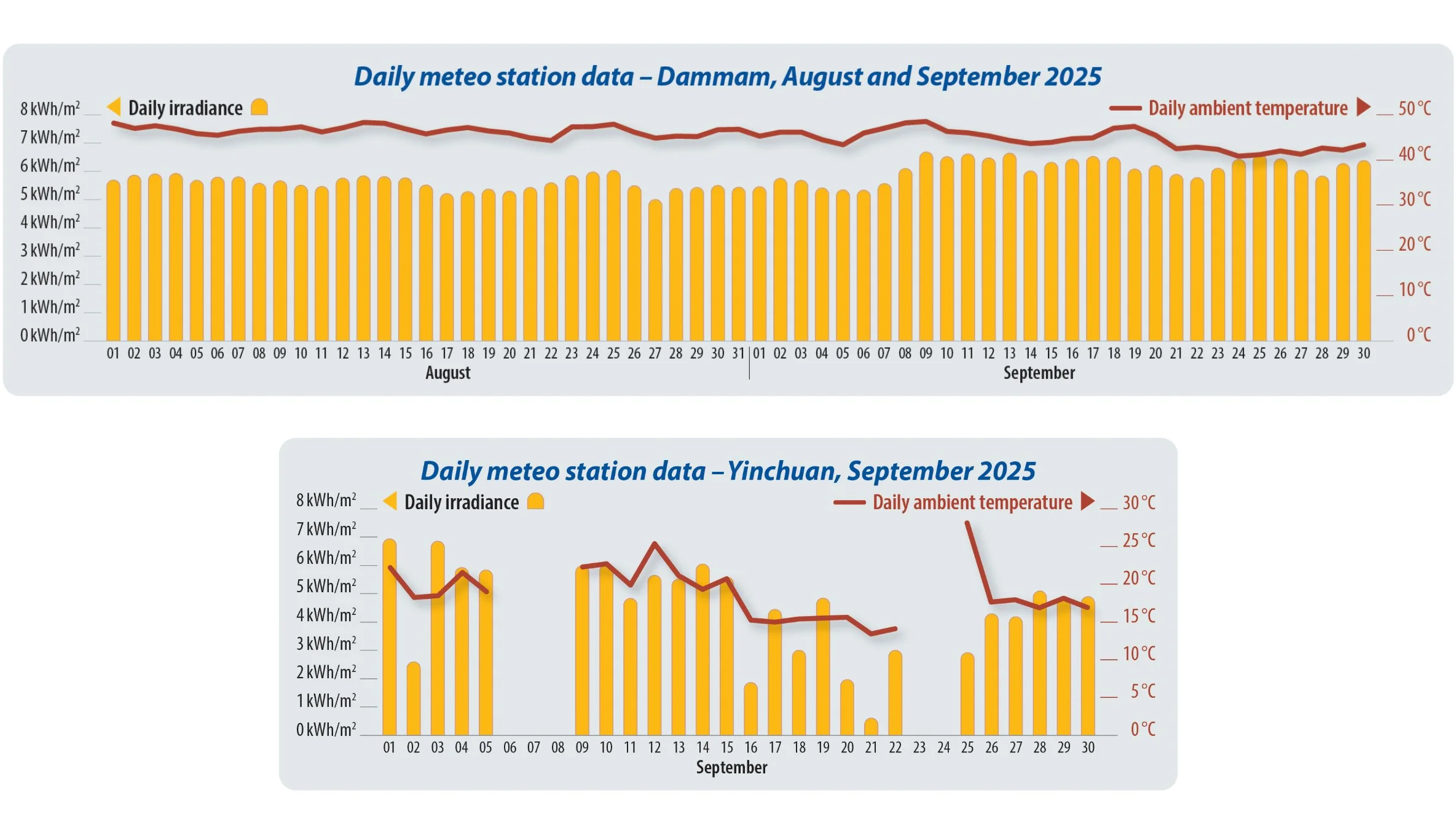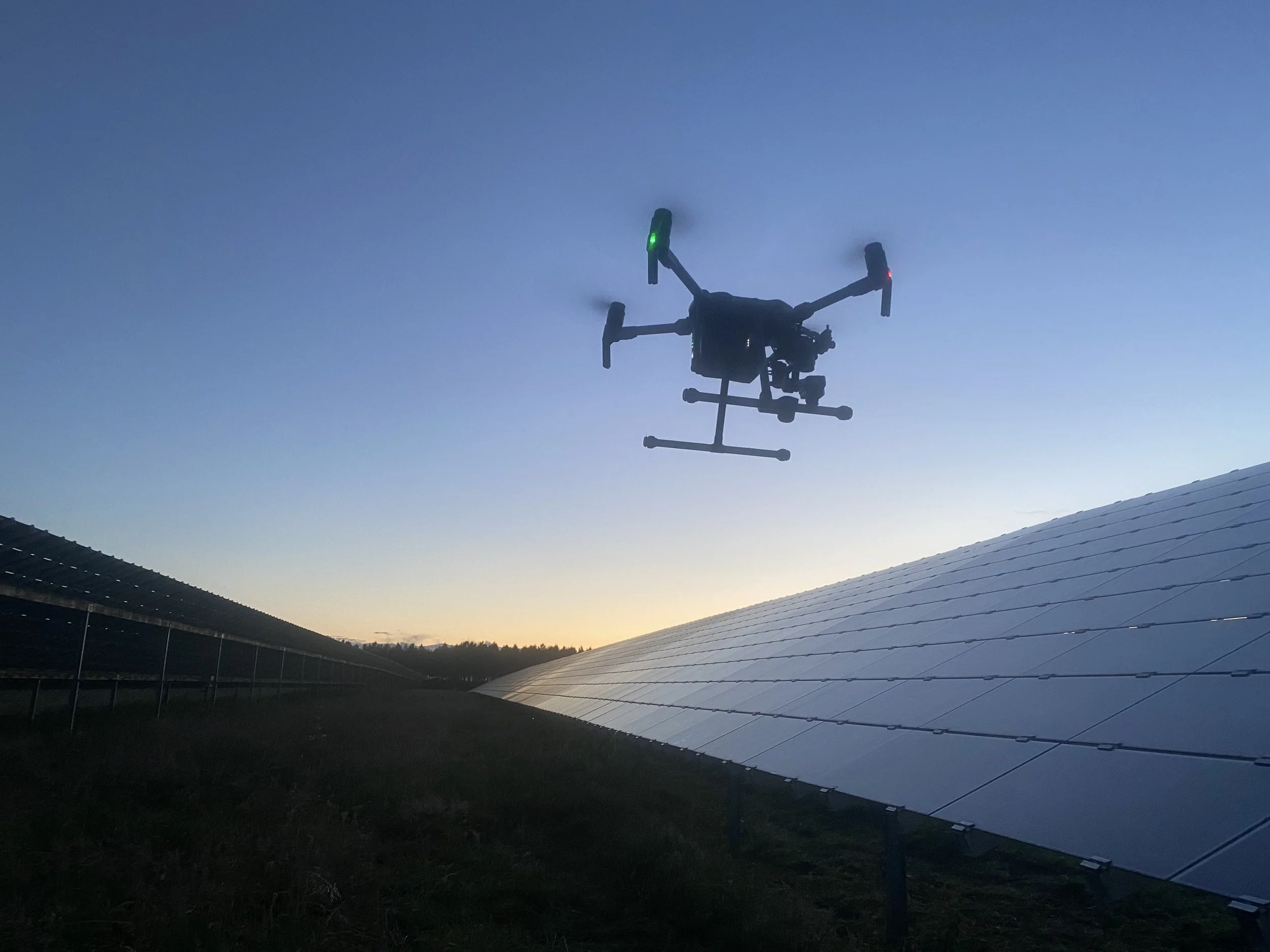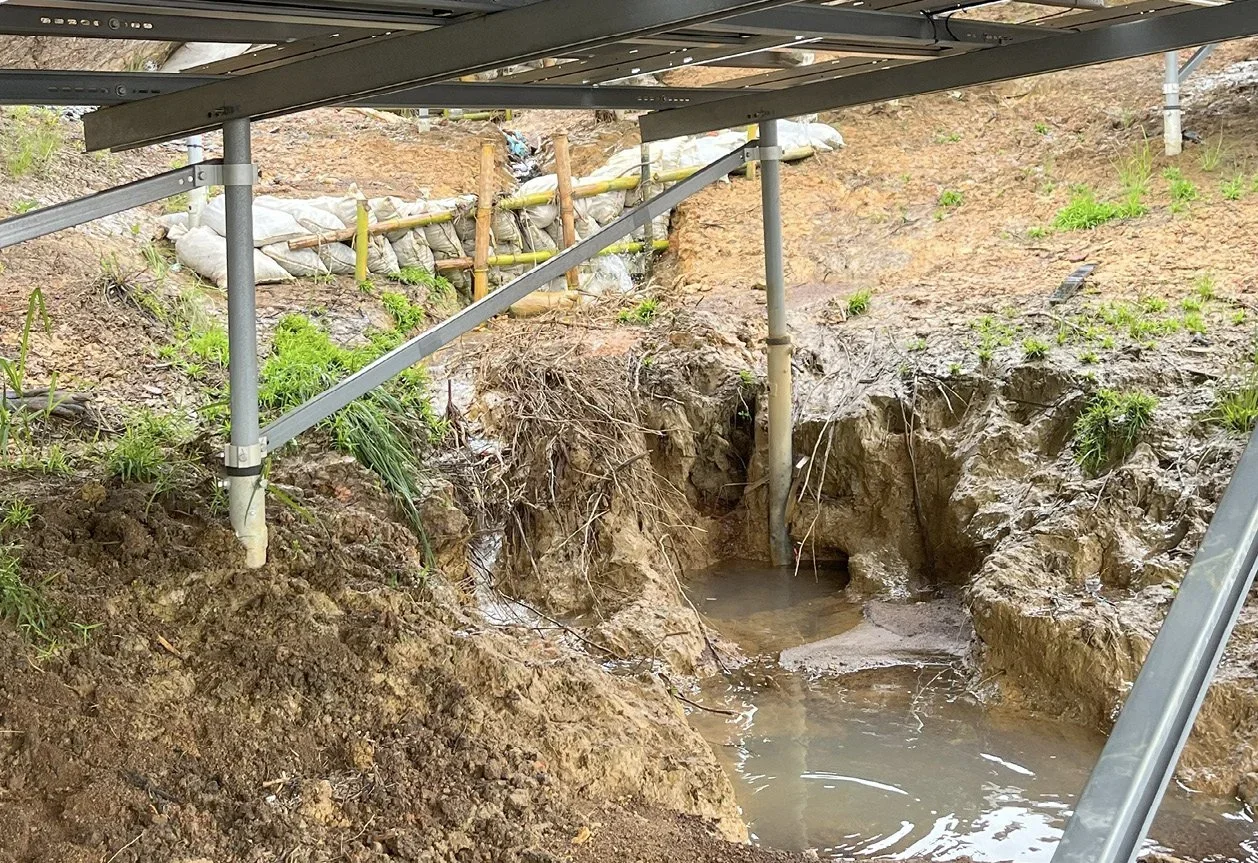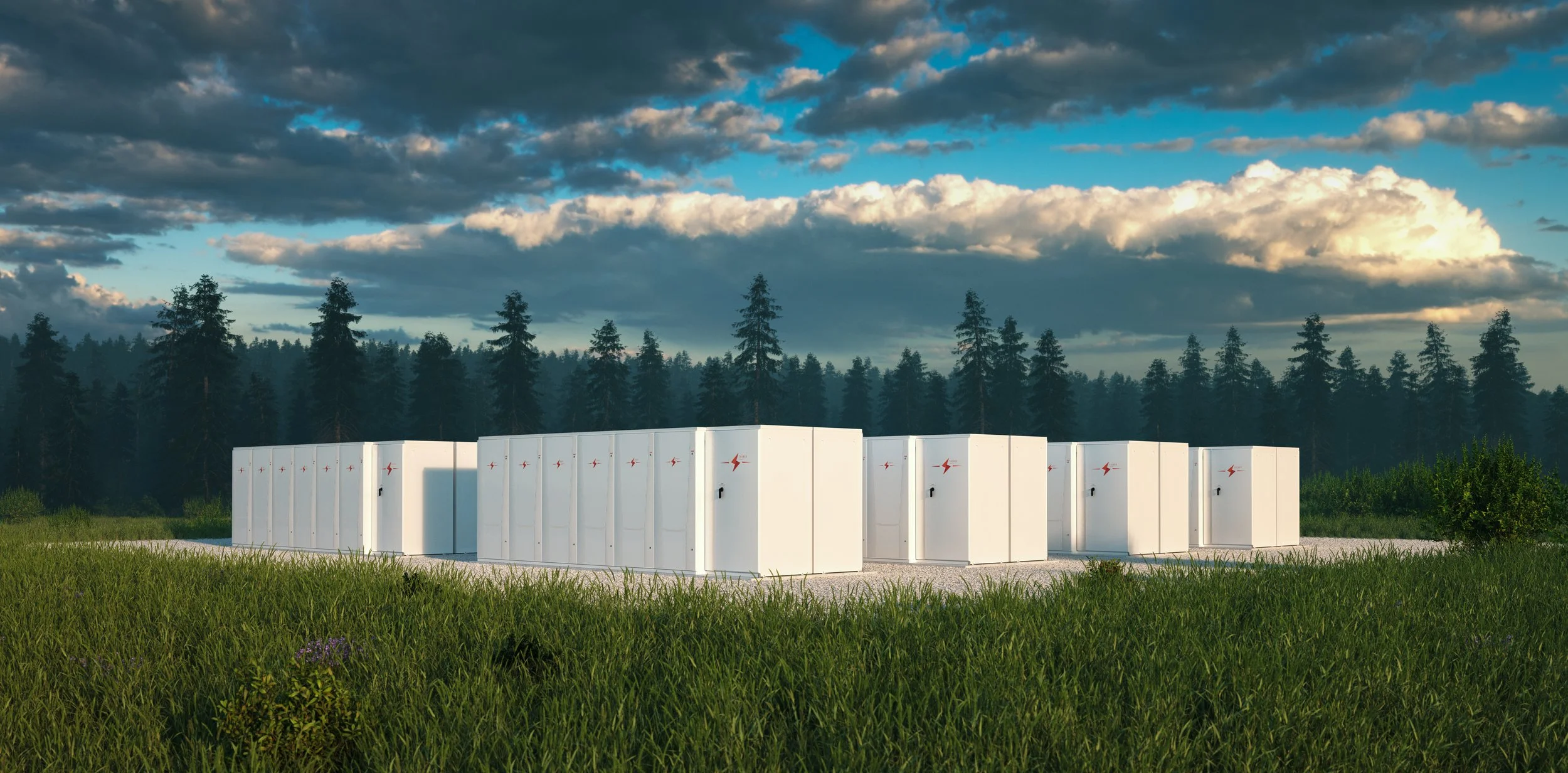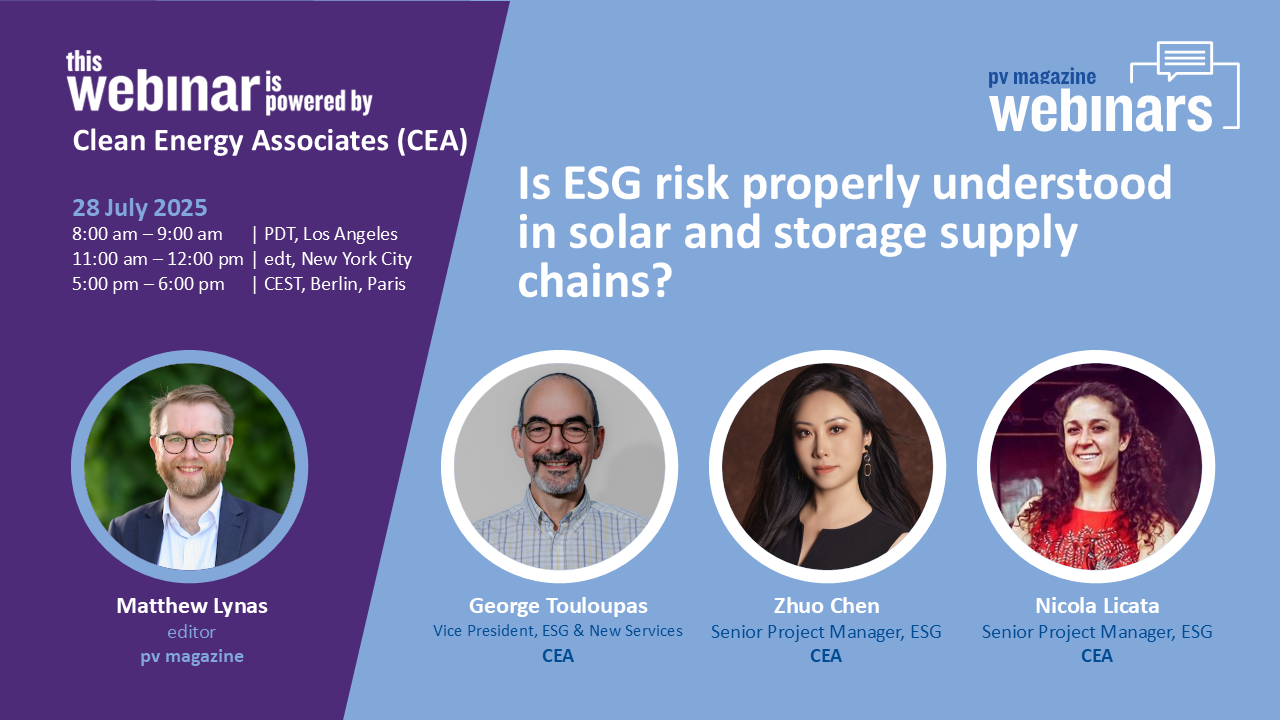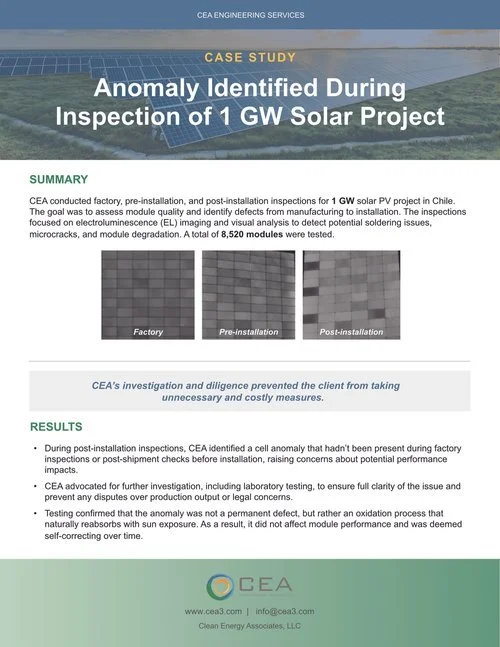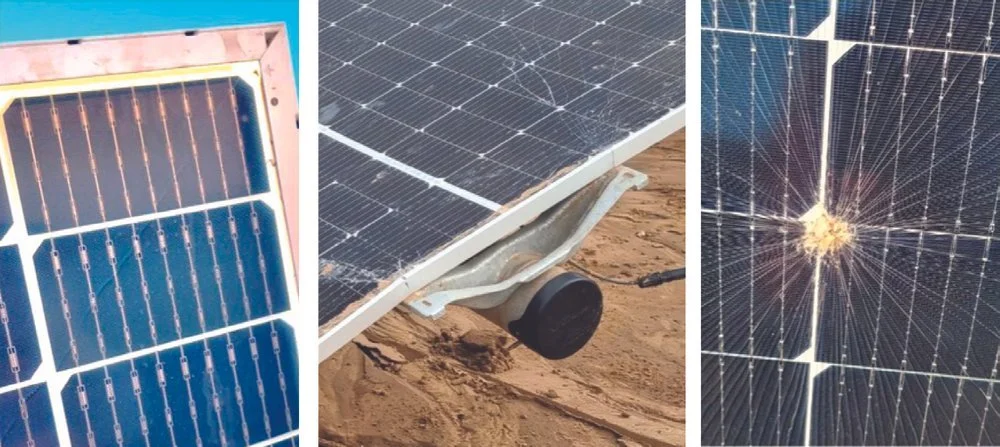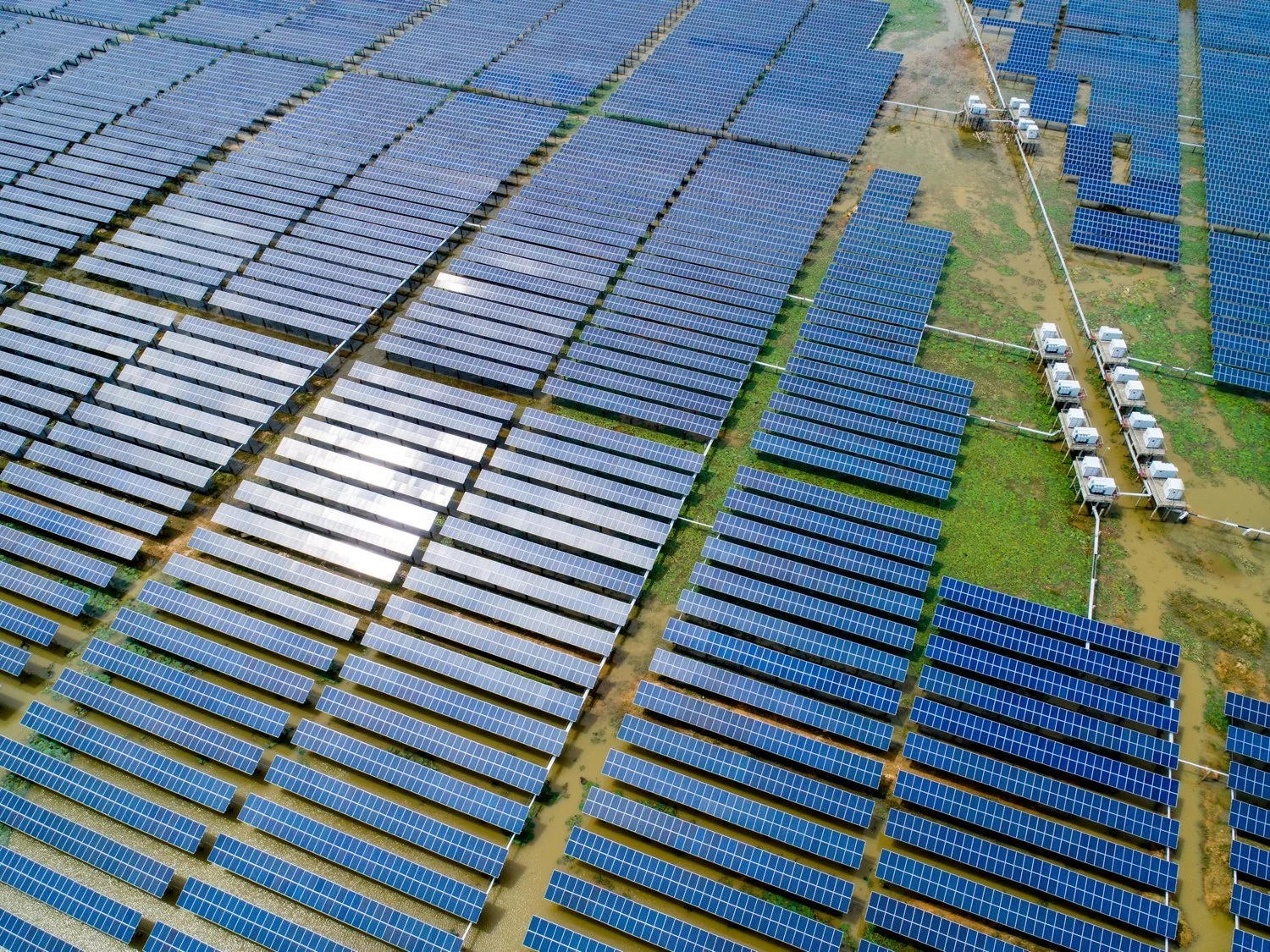
Services > Quality Assurance > PV Solar Modules
Quality Control and Testing for PV Solar Modules
Proactively identify and prevent solar module defects
The solar industry is simultaneously experiencing the highest demand, fastest technological innovation, and greatest uncertainty in its history. These three facets have all contributed to a rapidly changing environment where technologies, factories, workshops, and workers are updated, replaced, and brought online at an unprecedented pace - the perfect recipe for defects.
Quality issues and defects that can impact the lifetime operation and performance of your project can occur at any time during design, manufacturing, shipping, installation, or operation. However, rapid advancements have made defects a regular occurrence amongst even the most mature and advanced suppliers.
Intertek CEA provides a complete quality assurance solution that covers the entire product lifecycle and provides peace of mind by:
Reducing technical and financial risk
Protecting solar investments
Ensuring future energy-producing viability for the life of the product
Pre-production solar module factory audits
Intertek CEA’s industry-leading experience inspecting solar suppliers and factories across the globe utilizes our advanced internal database of historical trends and issues to provide a robust and comprehensive view of a factories defect risk.
Intertek CEA’s factory audits provide industry-leading insights into production processes and quality standards at any solar and storage factory globally using a 1,000+ point checklist. Every finding is recorded and classified according to its risk potential, and Intertek CEA follows up with the supplier on all issues that are not immediately solved.
Intertek CEA’s Factory Audits cover:
Administrative Policies and Practices
Quality and Reliability Policies and Practices
Facility Certifications Audit
Management and Employee Training Audit
Production Process and Materials Management Audit
Finished Product Loading and Logistics Management Audit
In-House Testing Laboratory Management Audit
Factory And Supplier Processes and Documentation
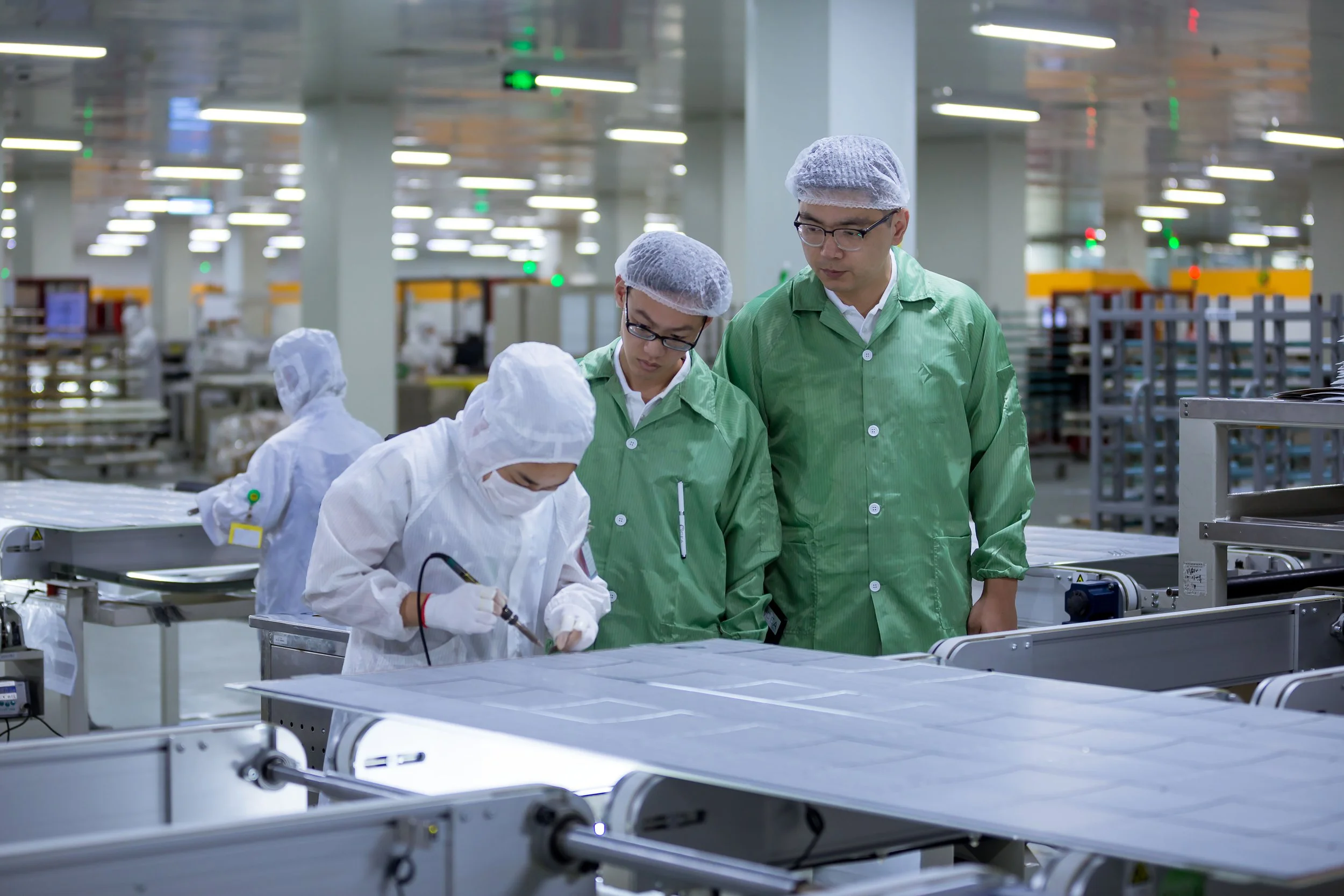
Inline Production Process Monitoring
Intertek CEA’s inline production process monitoring sends experienced quality control engineers to the manufacturing facilities during production of your product to verify BOM compliance, inspect manufacturing conditions, verify calibration of equipment, and monitor the production line for issues. Intertek CEA’s robust process monitoring can be calibrated and adjusted from as frequent as 24/7 monitoring to a cadence that satisfies your needs and budget.
When an issue is found, Intertek CEA immediately informs the factory to fix the issue on the spot. Every finding is recorded and classified according to its risk potential, and Intertek CEA follows up with the supplier on all issues that are not immediately solved.
Intertek CEA’s Inline Production Process Monitoring covers:
Conformity of Materials to the Contracted BOM (Bill of Materials)
Incoming Materials Quality Control and Inspection
Equipment And Production Line Maintenance and Calibration
Inline QC Monitoring
Packaging And Warehouse Inspections
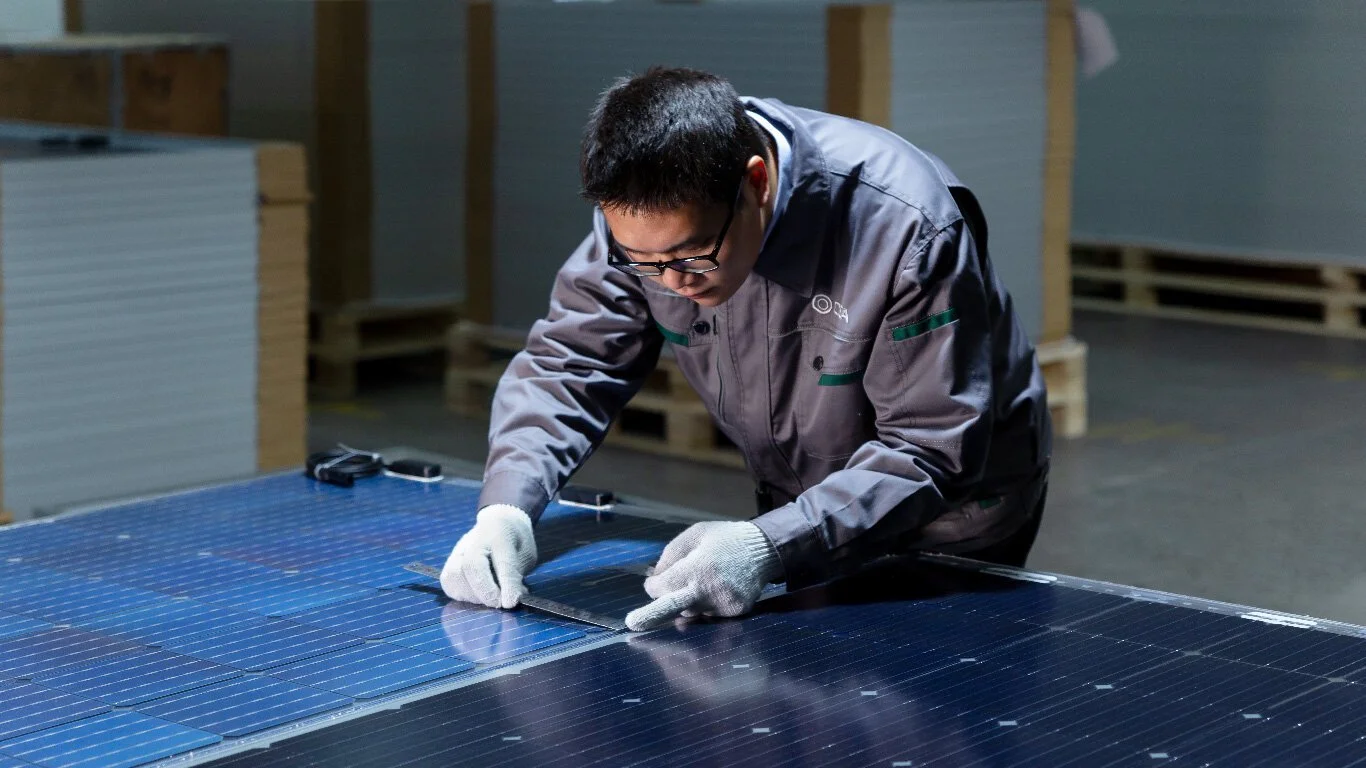
Final Product (Pre-Shipment) Inspections
Intertek CEA’s comprehensive pre-shipment inspections identify defects exceeding the AQL standards and ensure defective products are not shipped. Identifying and removing defective products reduces risk and optimizes the performance and life of your products.
Through Intertek CEA’s Pre-Shipment Inspections, you will gain:
Comprehensive visual and EL test reports detailing every defect identified according to severity, including AQL limits per batch and which defects have been reworked or removed from the shipment
Comprehensive IV (flash) test reports detailing the minimum, maximum and average power of each sampled module, including the required pass criteria.
Access to Intertek CEA’s on-the-ground technology and quality experts who provide recommendations to the supplier to improve their processes and reduce defects over time
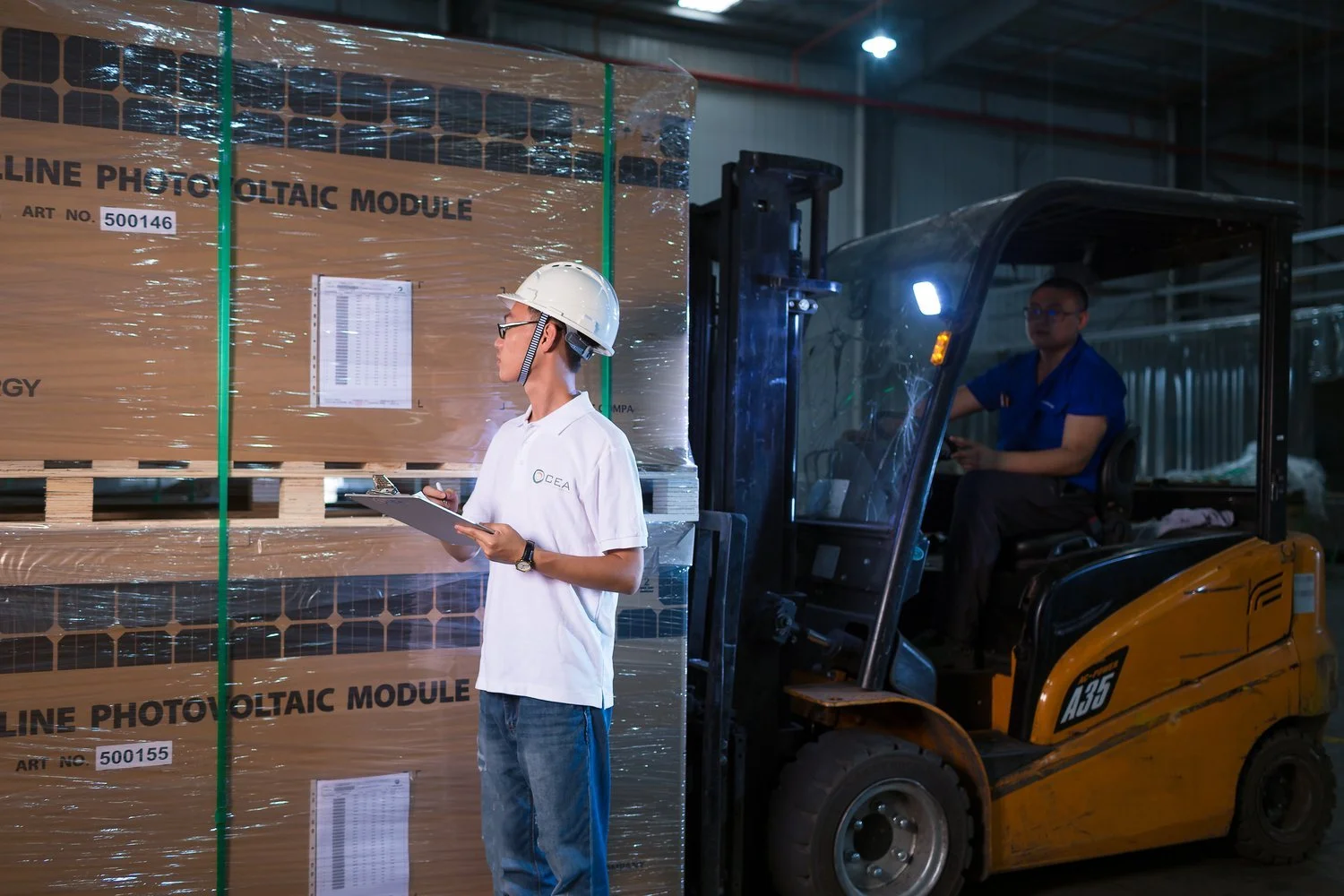
Container Loading Monitoring (CLM)
Inadequate loading practices by the factory can result in damaged finished products either during loading of the containers or at some point during transportation. Further, finished products that were previously rejected by Intertek CEA or that were not inspected by a third party altogether may end up getting shipped without oversight.
Intertek CEA’s container loading monitoring oversees the loading of the finished product to ensure conformance with packaging and loading specifications and to ensure the boxes/pallets loaded into the shipping container come exclusively from the inspected and approved lots.
Our engineers confirm the final products are safely loaded without damage, secured, sealed, and accurately recorded on the Bill of Lading. Intertek CEA’s container loading monitoring reports include comprehensive details covering every container, seal, and pallet number with accompanying photos.
Logistics management and shipment tracking
When working with overseas manufacturers on large PV projects, shipment and container tracking can quickly get complicated once the product has left the factory grounds.
Intertek CEA’s logistic management services help our customers capture baseline shipping schedules per the manufacturers and report on shipment progress to final destination on key milestones, including:
shipment content
date shipped from facility
onboarded to shipping mode
expected arrival at destination
customs cleared
picked up at port
actual arrival at destination
Have a Question or Need Assistance?
Latest PV Solar Quality Assurance Insights
George Touloupas, Vice President of ESG and New Services at Intertek CEA, and Huatian Xu, Director of Technology and Quality, analyze the September 2025 results from the pv magazine test outdoor installations in Yinchuan, China, and Dammam, Saudi Arabia.
In this pv magazine article, Jeff Zwijack, Intertek CEA’s Senior Manager for Energy Storage, explains how tariffs are driving a shift to U.S. battery integration. He notes that while local assembly scales quickly, it introduces human variability requiring strict oversight.
The PV SMIP provides a comprehensive and unbiased analysis of the top PV module manufacturers in the world. It offers detailed insights into capacities, technology, and efficiency roadmaps, along with Manufacturing, Capacity, and Technology (MCT) ratings for each supplier.
In this pv magazine USA Week session, Joseph Johnson, Associate Director of Market Intelligence, shares his insights on the challenges facing the U.S. solar supply chain, the drive toward domestic manufacturing, and strategies for navigating trade restrictions and compliance.
Christian Roselund, Intertek CEA’s Senior Policy Analyst, joins the SunCast Media Podcast to decode how FEOC is reshaping the way projects are sourced, engineered, financed, and papered across the U.S. solar and storage market.
George Touloupas, Vice President of ESG and New Services at Intertek CEA, and Huatian Xu, Director of Technology and Quality, analyze the August 2025 results from the pv magazine test outdoor installations in Yinchuan, China, and Dammam, Saudi Arabia.
In this pv magazine article, George Touloupas, vice president ESG and New Services at Intertek CEA, outlines the growing environmental, social, and governance (ESG) obligations facing the solar and energy storage industries as global renewable deployment accelerates.
Christian Roselund, Senior Policy Analyst at Intertek CEA, joins the Clean Power Hour podcast to break down the intricate web of rules, tariffs, and supply chain constraints affecting the clean energy industry.
In this PV Tech article, Joerg Althaus, Intertek CEA’s Director of Engineering Services and Quality Assurance, warns that racking complexity, corrosion, evolving supply chains, and rising glass breakage risks pose growing challenges to solar PV projects.
George Touloupas, Vice President of ESG and New Services at Intertek CEA, and Huatian Xu, the company’s Director of Technology and Quality, analyze the first three months of performance data from the new pv magazine outdoor test installation in Dammam, Saudi Arabia.
In this PV Magazine article, Jörg Althaus of Intertek CEA and Andreas Fladung of Aerial PV Inspection highlight how electroluminescence (EL) testing — including drone-based approaches — can uncover microcracks, early degradation, and installation-related damage.
George Touloupas, Intertek CEA’s Vice President of ESG and New Services, and Huatian Xu, CEA’s Director of Technology and Quality, analyze the May and June 2025 results from the pv magazine test outdoor installation in Yinchuan, China.
The PV Price Forecasting Report provides independent market intelligence on changes in global supply chains and accurate forecasts for supply price scenarios based on technologies, materials, manufacturing regions and target markets, as well as supply and demand forecasts and analysis.
The quarterly published PV STPR covers global and regional supply chain analysis, technology trends, and regional policy analysis through early July 2025.
In this PV Magazine article, Intertek CEA's engineering experts highlight how overlooked site-specific challenges such as poor soil conditions, flash floods, complex terrain, and extreme wind loading in Southeast Asia can derail solar projects if not addressed early through rigorous engineering and civil due diligence.
In this article, originally published in MESIA's Mid-year Solar Report 2025, Jeff Zwijack, Associate Director of Energy Storage at Intertek CEA, explains that most defects in battery energy storage systems arise during system-level integration rather than cell or module production.
In this pv magazine Webinar, Intertek CEA’s supply chain experts—George Touloupas, Vice President of ESG & New Services, and Senior Project Managers Zhuo Chen and Nicola Licata—outline key ESG risks and share best practices for documenting and mitigating them.
The PV SMIP provides a comprehensive and unbiased analysis of the top PV module manufacturers in the world. It offers detailed insights into capacities, technology, and efficiency roadmaps, along with Manufacturing, Capacity, and Technology (MCT) ratings for each supplier.
This article highlights how Intertek CEA’s audit prevented defective battery cabinets from reaching a project site and exposed the supplier’s resale of unsafe equipment. The case underscores the importance of independent quality oversight.
Christian Roselund, Intertek CEA’s Senior Policy Analyst, joins the SunCast Podcast to discuss the new House budget bill threats to solar.
George Touloupas, Vice President of ESG and New Services at Intertek CEA, and Huatian Xu, Intertek CEA’s Director of Technology and Quality, analyze the April 2025 results from the pv magazine test outdoor installation in Yinchuan, China.
Solar modules are growing larger, thinner, and more powerful—but a recurring issue is emerging worldwide: broken glass. According to Intertek CEA’s Joerg Althaus, these cracks often start near the frame or clamps and can spread from a few panels to thousands, without any obvious cause like hail or mishandling.
Sonnedix, an international renewable energy producer, engaged Clean Energy Associates (CEA) to conduct commissioning inspections for its recently-installed solar projects. The goal of the work was to ensure that their contractor (EPC) followed the agreed scope of work. CEA provided independent verification that all work met stringent quality and safety standards.
As solar deployments continue to grow, so do the risks of module failures, underperformance, and safety hazards—many of which are preventable with the right knowledge. In this Solar Power World webinar, Intertek CEA Senior Engineering Managers Claire Kearns-McCoy and Ankil Sanghvi explain how understanding common pitfalls—from thermal events to electrical failures—can help developers avoid millions in losses.
Intertek CEA conducted quality audits at 70+ battery energy storage factories worldwide. Our data shows that in 2024 the vast majority of identified quality issues were at the system level.
In this PV Tech article, Martin Meyers explores how the Inflation Reduction Act is reshaping U.S. solar manufacturing incentives and project economics. He highlights the evolving challenges developers face in navigating domestic content requirements and qualifying for bonus tax credits.
SEG Solar and Astronergy supplied new tunnel oxide passivated contact (TOPCon) modules, alongside an n-type back-contact sample from Aiko, for installation in the first week of March 2025. To add these new products to the comparison table in these results, we removed the production data from before March 7. Due to downtime for system upgrades, we also did not capture data for three days in March and therefore had to remove those days from the total energy yield calculation. Finally, three products using 210 mm square cells were removed from the data, as we identified anomalies in the production figures caused by the maximum power point tracking algorithm. The data from those products will be reported again as soon as the issues are resolved.
CEA conducted factory, pre-installation, and post-installation inspections for 1 GW solar PV portfolio in Chile. The goal was to assess module quality and identify defects from manufacturing to installation. The inspections focused on electroluminescence (EL) imaging and visual inspection to detect potential soldering issues, microcracks, and other module degradation mechanisms. A total of 8,520 images were taken.
A solar project developer engaged CEA to investigate widespread glass breakage across multiple PV sites. CEA conducted comprehensive on-site inspections and structural assessments, which pointed to possible issues related to module durability and mounting system compatibility.
At the end of February 2025, three new samples - two tunnel oxide passivated contact (TOPCon) samples from SEG Solar and Astronergy and our first n-type back contact sample from Aiko – arrived in Yinchuan and were installed at the beginning of March. The outdoor data for these will be published next month.

